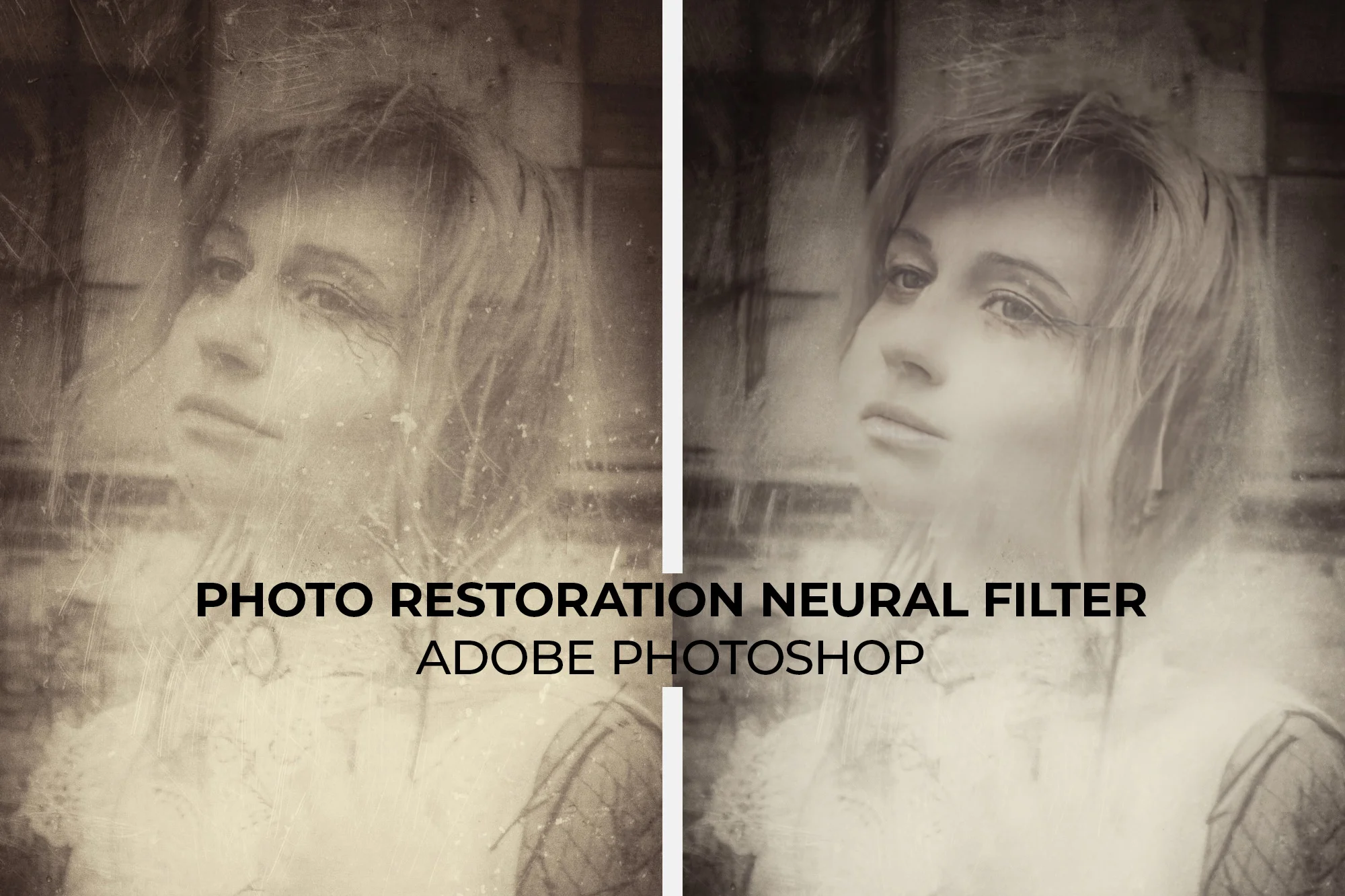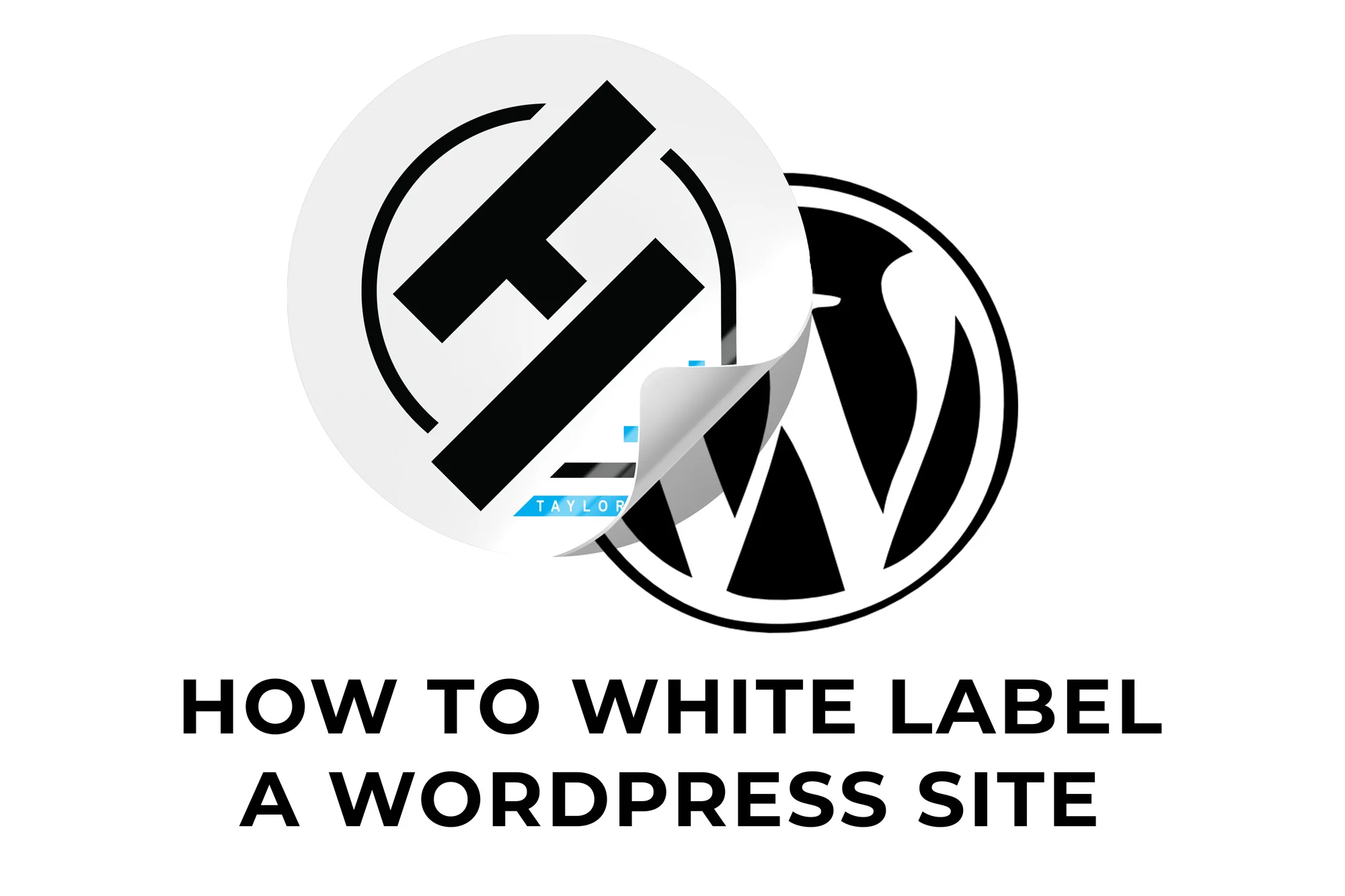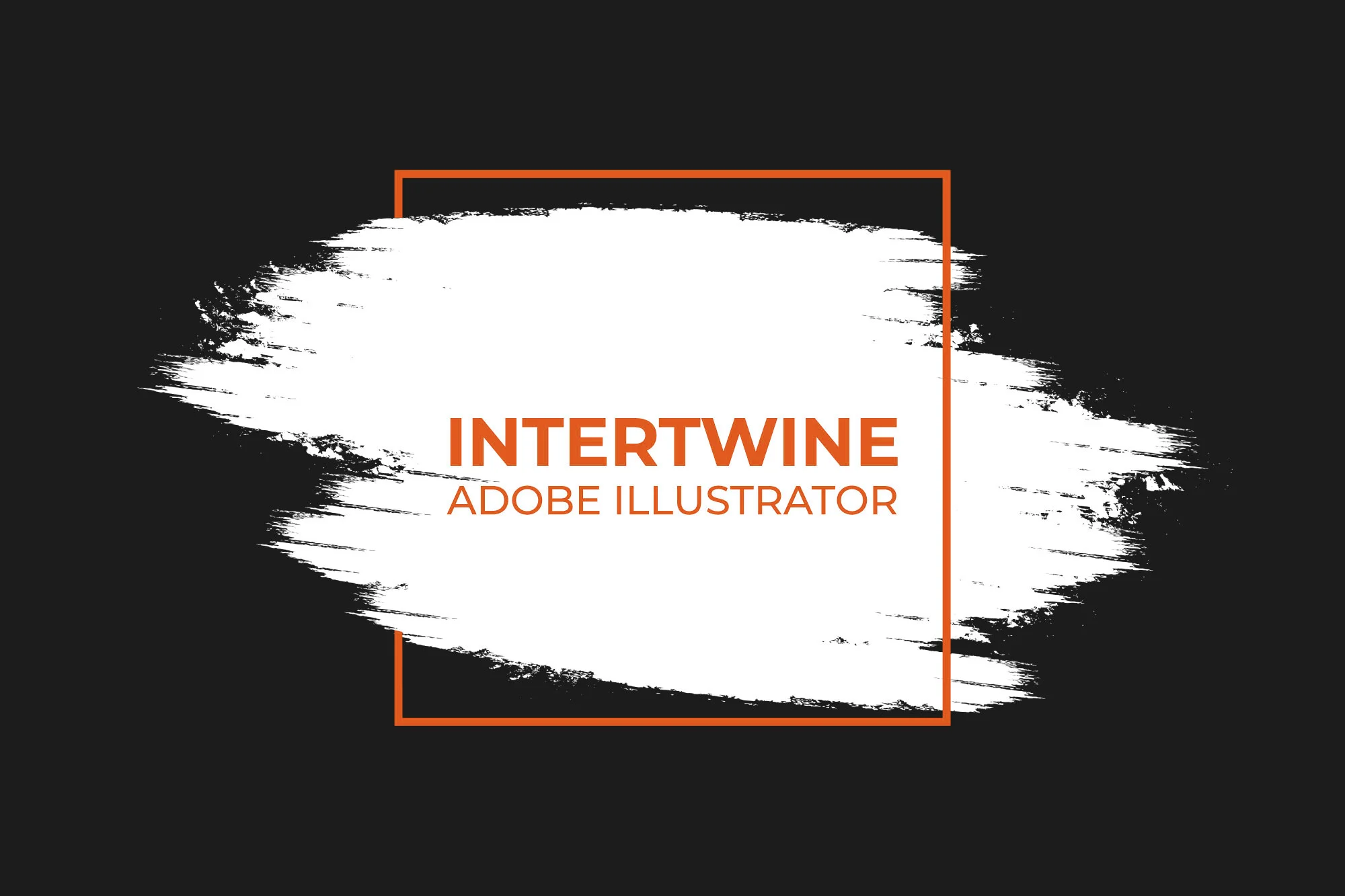Facebook Removes the 20% Rule for Ads
Of course after I finish writing an article on what the 20% rule is, Facebook removes the rule entirely. So a little background, when creating Facebook Ads text within an image needed to be at max 20% the size of the image. The reasoning behind this is that Facebook did some research and found that ads with that amount of text at max performed noticeably better. However this was a limiting factor when creating ads, as Facebook’s text analyzer would be finicky at best.
What Happened
On September 7th through Facebook announced that the 20% rule had been lifted. This could be for a number of reasons. Facebook gets its money either way no matter if you go over the recommended 20% rule or not. So the question now is what does this mean for advertisers?
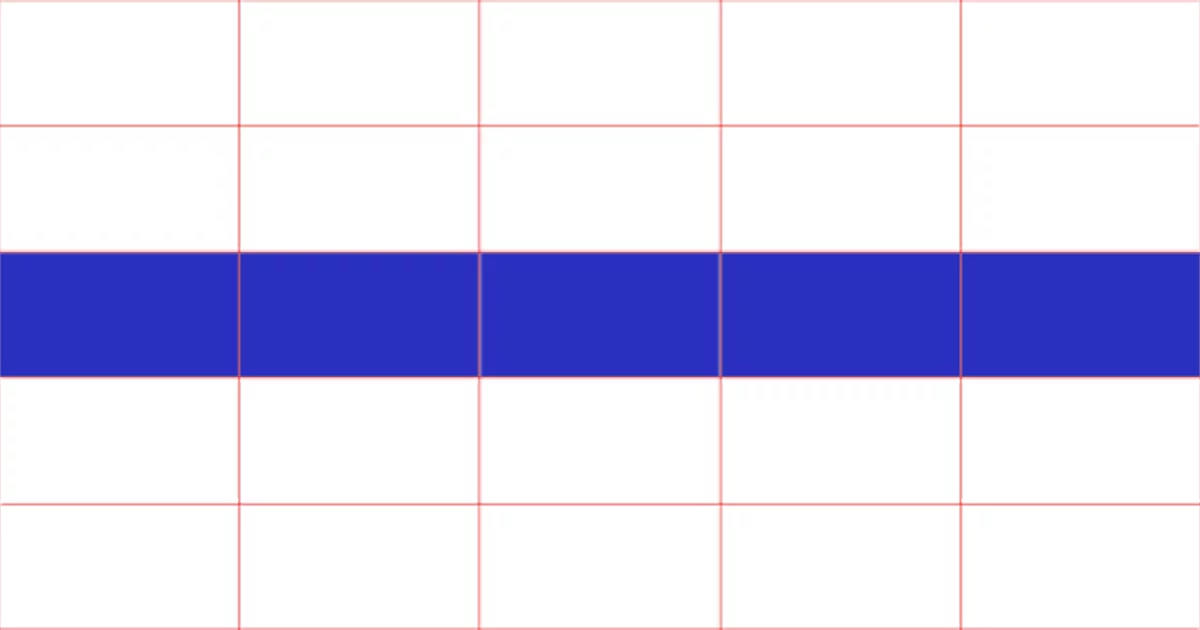
Data
Before our creative juices run away with the pen let’s take a step back and look at the data. Advertisers still find that minimal to no text is the most optimum format for images with no text being the preferred method. In the data gathered on the right from Sketch Deck’s Facebook Advertising testing they speculate a few items which I concur with. First, they say that the text on images looks like an ad and doesn’t blend into the feed like Facebook advises. Also no text images conveyed the message more effectively because as the text increased the CPC did as well. Weak call to actions (which are common in only 20% minus free or 50% off) could also be a cause of a high CPC.
In a soon to come blog article titled “Show Don’t Tell” we cover how the most effective images are ones that implicitly tell the viewer the problem and solution. No muss no fuss, just here’s the feature of the product or service that improves your life.
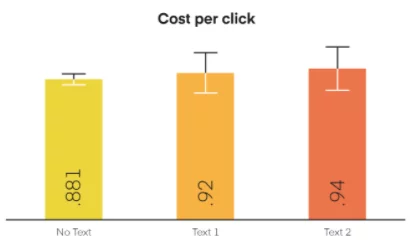
Creative Avenues and What You Should Do
Are typographic ads a now acceptable choice?
Well yes and no.
Can you do it?
Yes.
Should you?
Probably not.
Reason being is that typographic ads need to have a significant amount of substance behind them in order for them to reach optimum success. Fact of the matter is it would take a very adept designer to make an ad for this type of advertisement.
All of the data points towards low to no text ads performing better (statistically on average) than other such ads. Now think about your own browsing and buying habits. You don’t want an ad to be intrusive because then it is viewed as annoying. You want to at a glance be able to see what the product or service does in a creative and visually pleasing way. We have an article titled Show Don’t Tell coming out soon and the main premise of this is exactly what it states. You want to show benefits not tell them to potential customers.
Examples
Low Text
Even though the ad on the right performed well and was labeled above average in terms of quality, the ad could be improved. Dropping the text and keeping the high contrast image would draw more attention and blend in on the feed.

No Text
Now if we take this ad and remove the text, the ad would now blend in better with the newsfeed. Now the reason we didn’t was due to having the offer in the text as well, but it was considered. The ruling was that the ad was based more for booking and not general awareness so we kept the text on the ad.
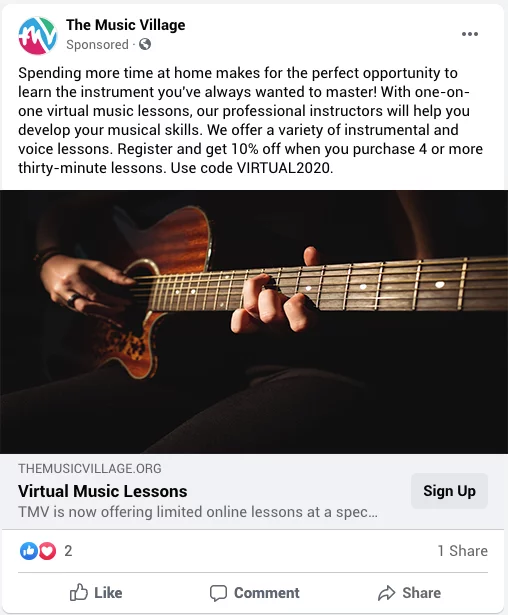
Conclusion
The removal of the 20% rule from Facebook’s advertising platform is a nice welcomed feature. Lifting the restrictions on what can and can’t be done and allowing choice into the creative space. Data still supports the idea of the 20% rule being a strong recommendation and I personally concur. Facebook makes a very strong point in saying that the images should speak for themselves so more than likely if they don’t the CPC will shoot up.
Navigating the complexities of optimization is one of many reasons why companies must stay up to date on these developments. At the end of the day Facebook will get its money, however they are quickly losing the top spot. Do I think this is a move to milk the last bit of money from the cash cow? Not particularly but it isn’t surprising given the fact that they will lose out on political ad money before the election and this can be a nice way to offset the costs.

